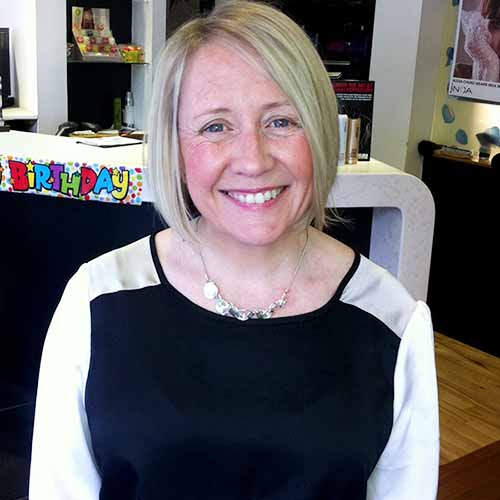From what study backgrounds do students normally come into the course?
The course is a conversion course designed for students with little or no previous experience of statistics. We have had students with first degrees in, for example, psychology, agriculture, sports science, medicine, biology, biochemistry, mathematics and statistics.
What attracts students to study this course at Strathclyde?
The emphasis on the application of statistics to real world problems is attractive to students. The course was designed in collaboration with the Animal and Plant Health Agency. Some lecturers on the course hold joint positions with APHA and the NHS and it's tailored to be relevant to the work-place.
The training is fast-paced, bringing students up to speed with the necessary practical skills in a very short time period. This means that our graduates are very attractive to government and industry.
The course is run in collaboration with APHA and that lecturers on the course hold joint appointments with APHA and the NHS Scotland
What makes studying this course at Strathclyde stand out from other institutions?
The key differentiators are that the course does not require any background in statistics, that it's run in collaboration with APHA and that lecturers on the course hold joint appointments with APHA and the NHS Scotland. It equips students to enter straight into employment as statistical analysts or provides formal training to enhance an existing career e.g. in medicine or psychology.
What do you enjoy most about teaching the course?
I enjoy the interaction with students and I'm impressed by how much they learn in a short period of time. We get to know the students really well, particularly during the project work. It's great to hear about their successes in employment and the positive feedback they receive from employers.
What do students tend to enjoy most about studying this course at Strathclyde?
The friendly and helpful staff and their dedication to the students. Students are assigned a personal tutor with whom they have extensive interaction. They also enjoy hearing about real-life examples and applications of the techniques they are learning about. The applied projects at the end of the course allow the students to apply their learning and experience to a real-world problem which is the ideal transition to working in their chosen industry.
What jobs/further study to graduates from this course go on to do?
Industries and roles our graduates go on work in include government statistician, pharmaceutical industry, industry statisticians, statistical programmer, medical statistician and researcher.
